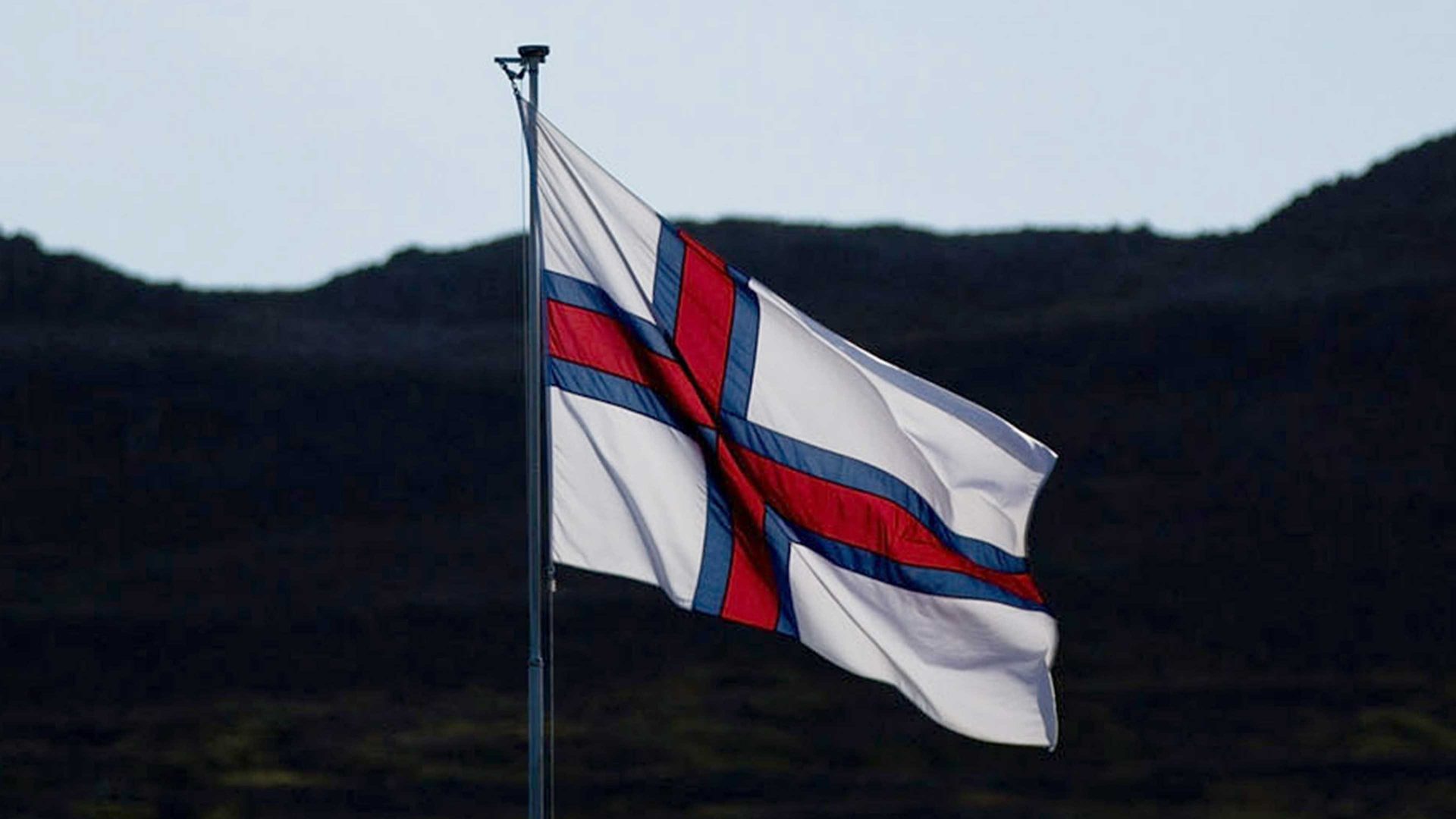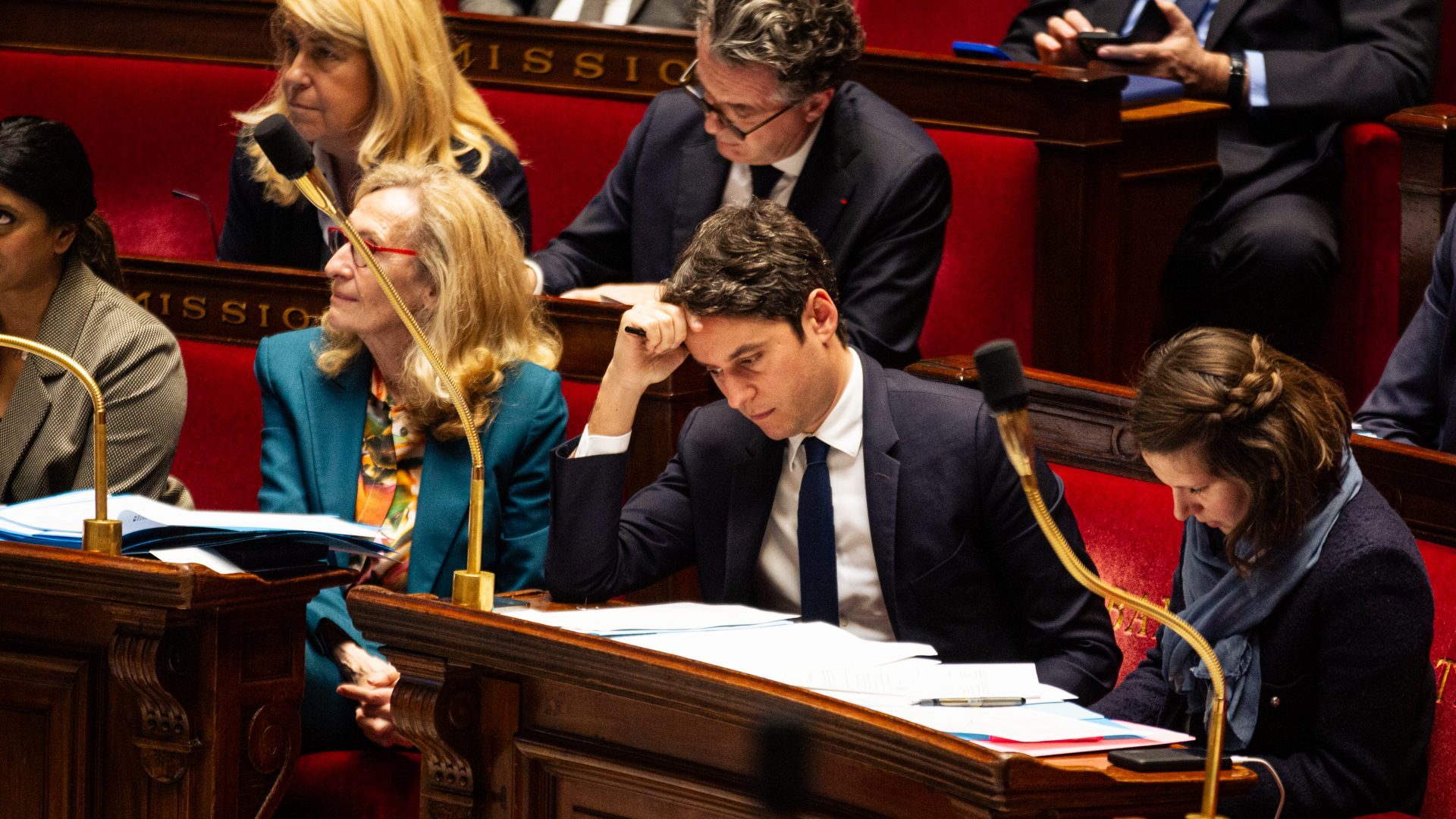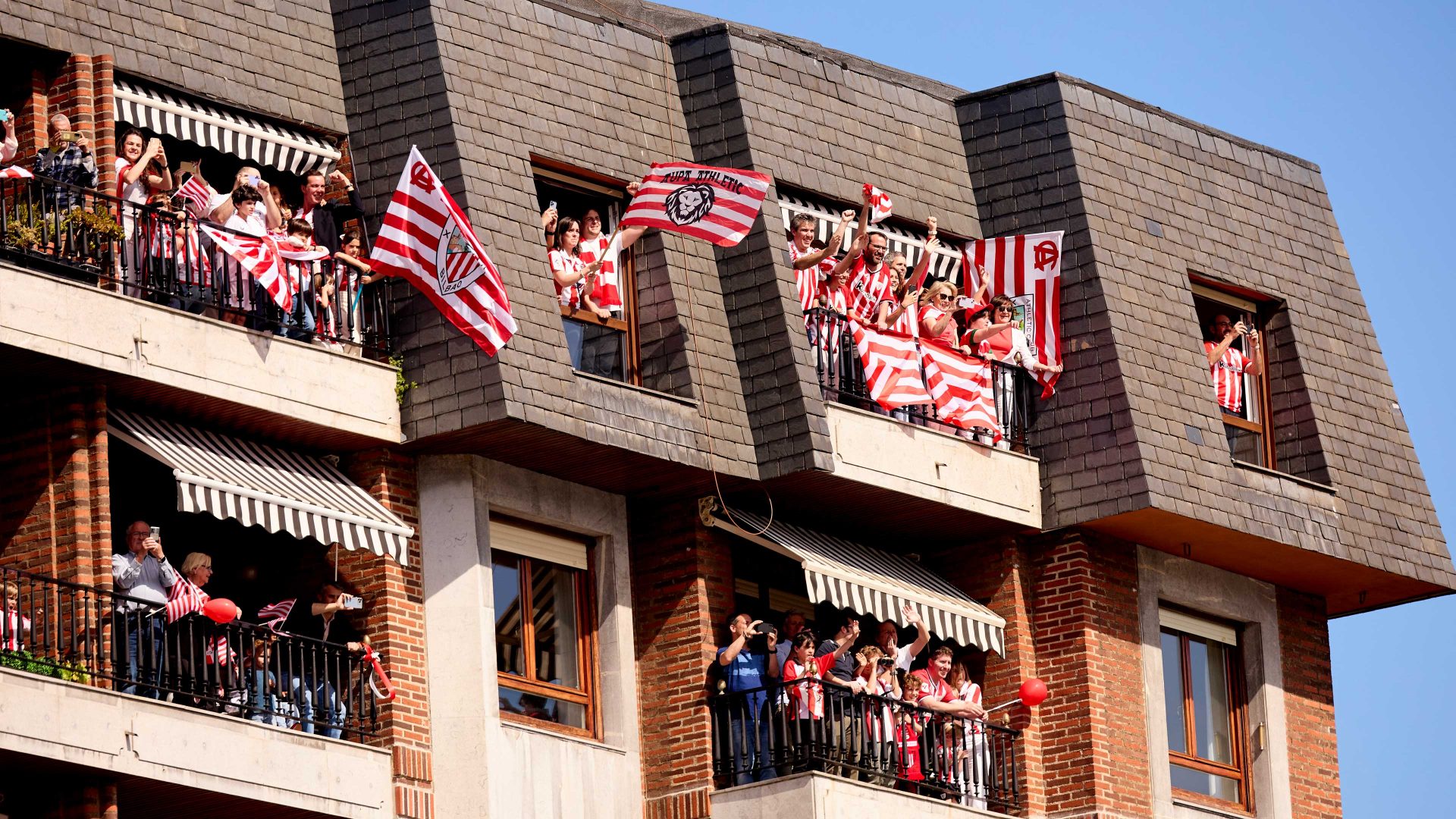Flags seem these days to occupy centre stage in the evolving “culture wars”, but controversy over such national symbols is nothing new in the Faroe Islands, an autonomous territory within the Kingdom of Denmark some 1,300km north-west of Copenhagen.
In 1919, Jens Oliver Lisberg, a Faroese law student at the University of Copenhagen, designed a flag for his native isles with two other Faroese students, Janus Øssursson and Paul Dahl. Their original creation can still be seen on the wall of the church at Fámjin, on the most southerly island, Suðuroy, where it was first flown at a wedding in June of that year.
Denmark (and at different times with Sweden and Norway) once commanded a global empire, stretching from the Caribbean to the high Arctic and, having sold its Caribbean territories to America in 1917, it was determined to keep what remained – Iceland, Greenland and the Faroe Islands – on a shorter leash.
Lisberg never lived to see his design enjoy formal status, having died of Spanish flu, aged just 23, and it was only in 1940 that Merkið – the banner, or mark, in English – was made official. That status was not granted by Denmark, but by the occupying British forces. It would be eight more years before it was recognised by Denmark.
The Faroese celebrate Flaggdagur (Flag Day) with some gusto on April 25 each year, when the streets of the capital, Tórshavn, fill with brass bands and flag-waving citizens, who gather to hear uplifting speeches on the edge of the historic peninsula of Tinganes, where the first Viking parliament met.
After Denmark fell to the Nazis, the British occupied the 18 windswept islands to protect the North Atlantic shipping channels and, from April 25, 1940, Merkið – a blue-edged offset red cross on a white background – was flown by Faroese merchant vessels that ran the gauntlet of U-boats and bombers to bring fish to ports in Scotland and northern England.
Merkið was supposed to identify the vessels as civilian, and opportunist boat owners did well out of the trade, though it remained hazardous, with more than 200 Faroese seamen killed in German attacks. Of the thousands of mostly Scottish troops who took part in the “friendly occupation”, a similar number married Faroese women, so it could be cynically said the numbers evened out.
The British established a naval base, stationed flying boats and built a rudimentary airfield which, in time, became the islands’ airport.
Denmark had begun to shed territory as far back as 1468 when Orkney and then Shetland were pawned to James III of Scotland by King Christian I in lieu of his daughter Margaret’s wedding dowry. He never got them back.
After the Caribbean territories of Saint Thomas, Saint John and Saint Croix were sold to the US in 1917 by Denmark, Iceland, which had been self-governing within the Danish Kingdom since 1904, gained full independence in 1944, after a referendum.
In 1945, as Britain prepared to return the Faroes to Denmark, they had their own referendum and the islanders – who had grown used to a significant degree of autonomy during the British occupation – voted narrowly (50.7%) in favour of full independence.
Denmark refused to endorse the vote and, having dissolved the Faroese Parliament, granted more autonomy. The Faroese subsequently benefited from US Marshall Aid to build the first of a network of tunnels through the mountains. Since then support for full independence has tended to fluctuate with changing fortunes, but seems likely to come sooner or later.
For some, like Magni Arge, a former member of the Danish parliament now researching a thesis at the Faroes University on the right to self-determination within the state of Denmark, the Danish refusal to grant independence after the referendum showed at best a “lack of respect”.
With high GDP and low unemployment, Arge believes the islands are more than ready to wean themselves off dependence on “mother Denmark” and looks forward to the day when Faroese delegates can sit behind Merkið at the United Nations. “Merkið is the visible emblem of our national identity,” he says, “just as our language is the voice of that identity.”
Stan Abbott is a journalist and author



